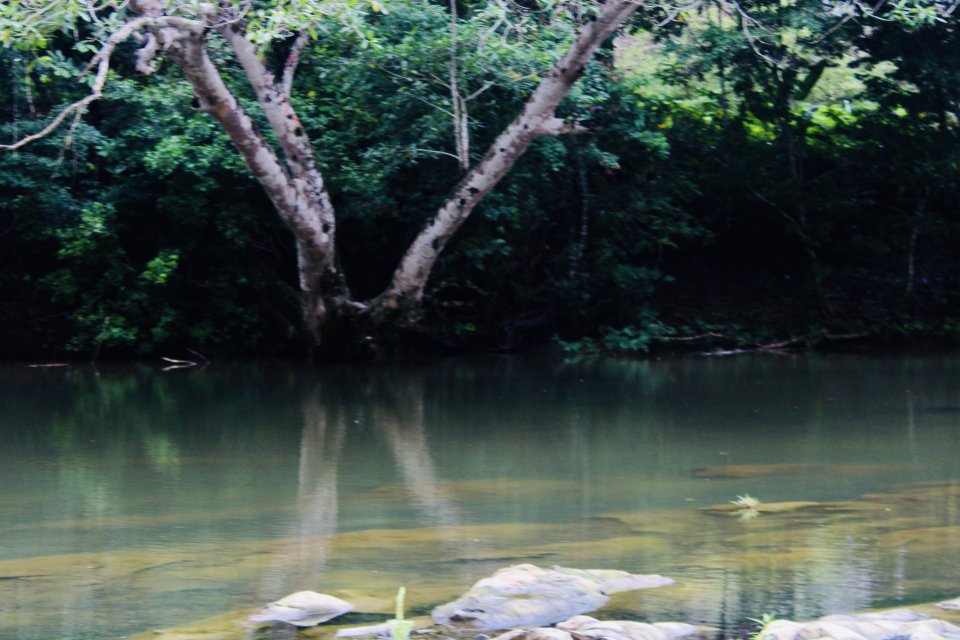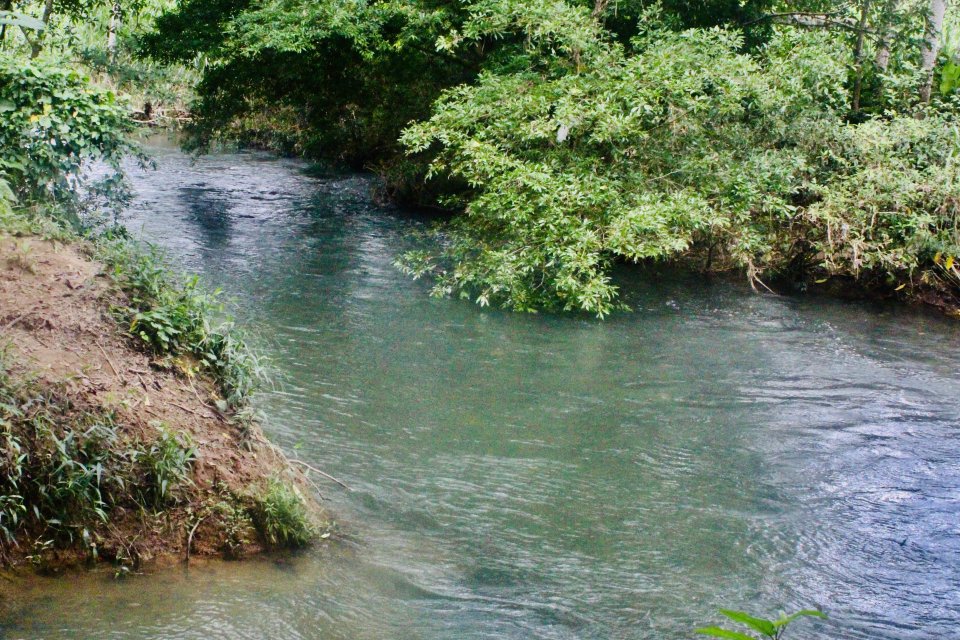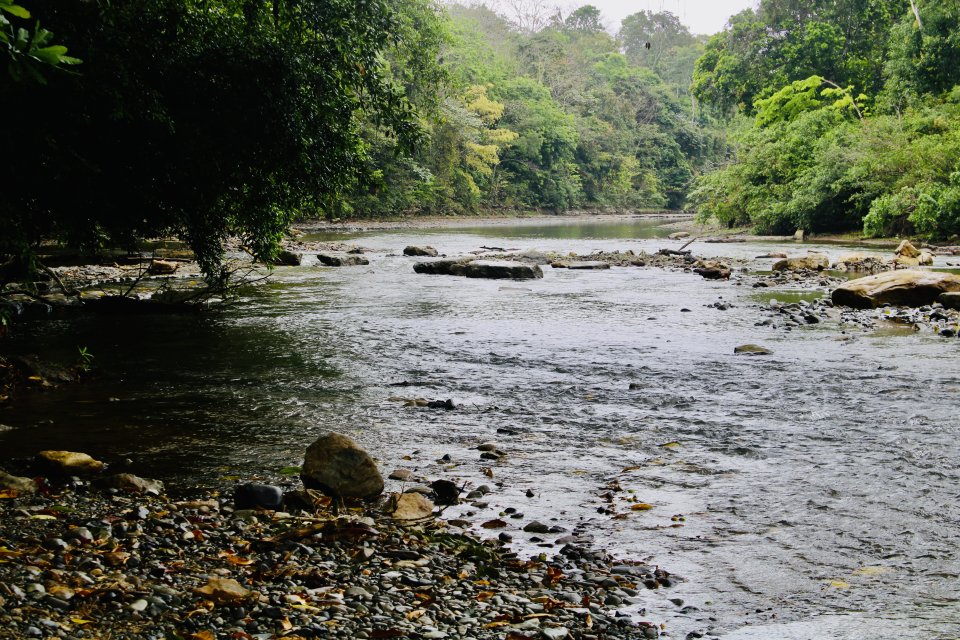I've been collecting Darienheros for a while, in rivers near the Darien, and while they do "OK", I have never thought they quite thrived the way I wanted them to.
Other cichlids in the tank (even those they share the same river with) albeit slightly different less rheophillic habitat)) seem to intimidate them.
The different habitat preferences may be significant
These Darienheros are similar to Geophagines, in temperamnent, compared to the rouggh and tumble, Andinoacara they have been previously housed with.
So I returned most of the more aggressive Andinoacara to the river where they were caught, and when I caught some new Darienheros, instead of cichlids, am using tetras as tank mates in the 180 gal, and the difference is dramatic. (Astyanax, Brycon, and Roeboides)
The tetras are greedy and eat everything tossed in, and it seems the frennzy they create quicklly seeme to inspire the new wild caught Darienheros to immediately feed.
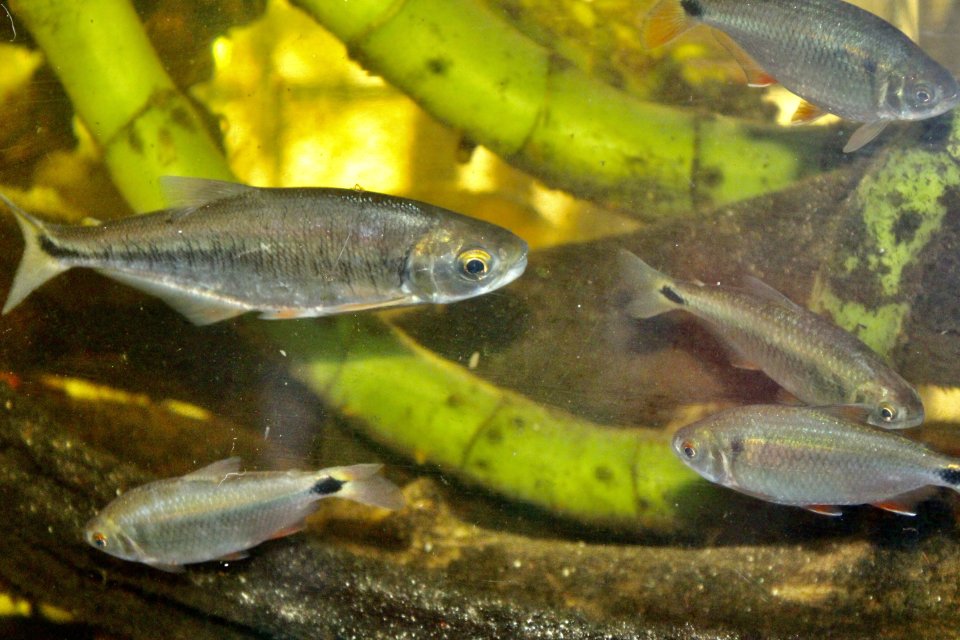 ,
,
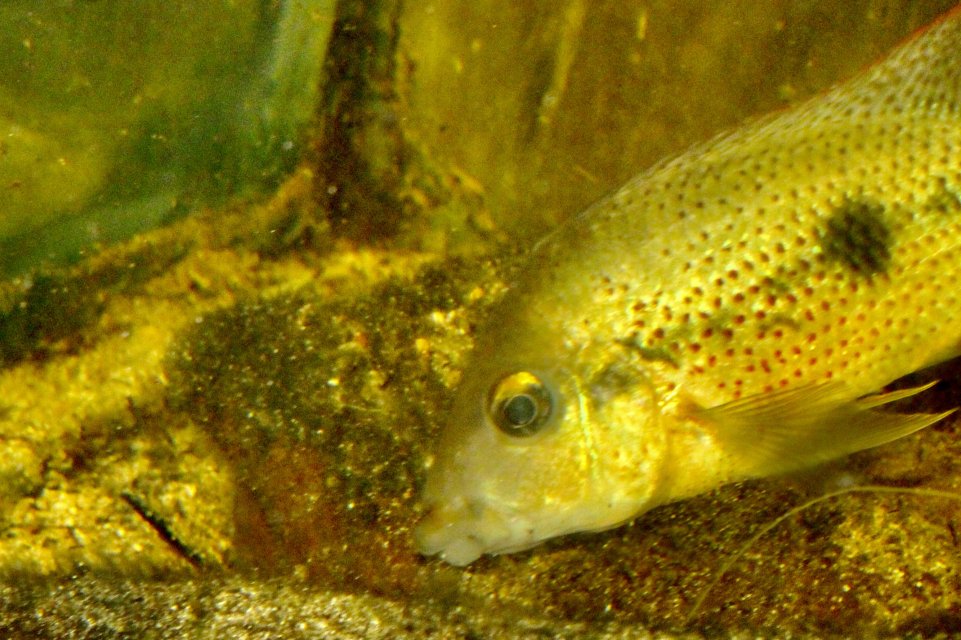 ,
,
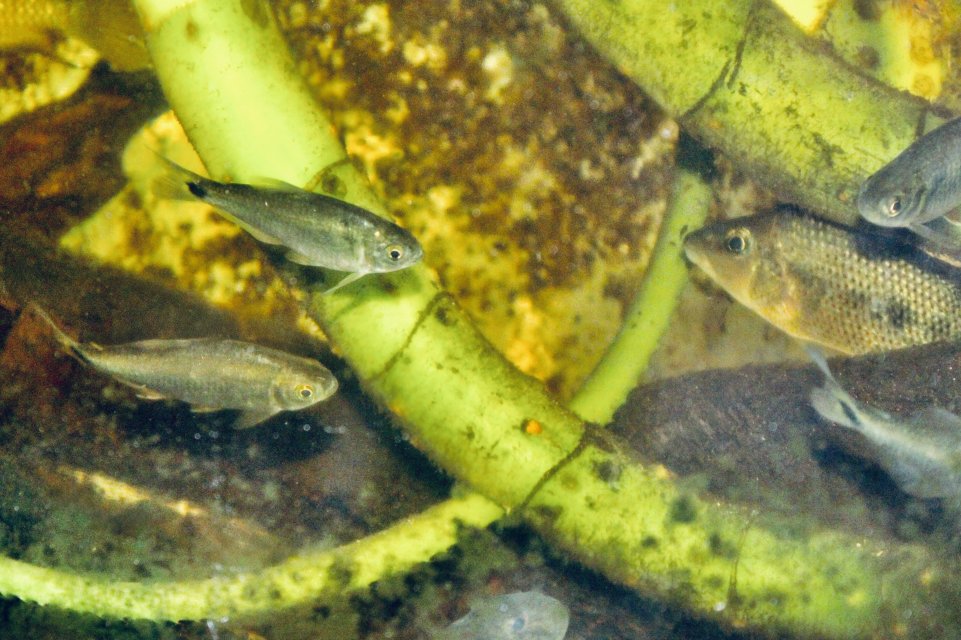 ,
,
So far the newly caught Darieenheros seem to be much more comfortable.

Other cichlids in the tank (even those they share the same river with) albeit slightly different less rheophillic habitat)) seem to intimidate them.
The different habitat preferences may be significant
These Darienheros are similar to Geophagines, in temperamnent, compared to the rouggh and tumble, Andinoacara they have been previously housed with.
So I returned most of the more aggressive Andinoacara to the river where they were caught, and when I caught some new Darienheros, instead of cichlids, am using tetras as tank mates in the 180 gal, and the difference is dramatic. (Astyanax, Brycon, and Roeboides)
The tetras are greedy and eat everything tossed in, and it seems the frennzy they create quicklly seeme to inspire the new wild caught Darienheros to immediately feed.
 ,
,  ,
,  ,
,So far the newly caught Darieenheros seem to be much more comfortable.




